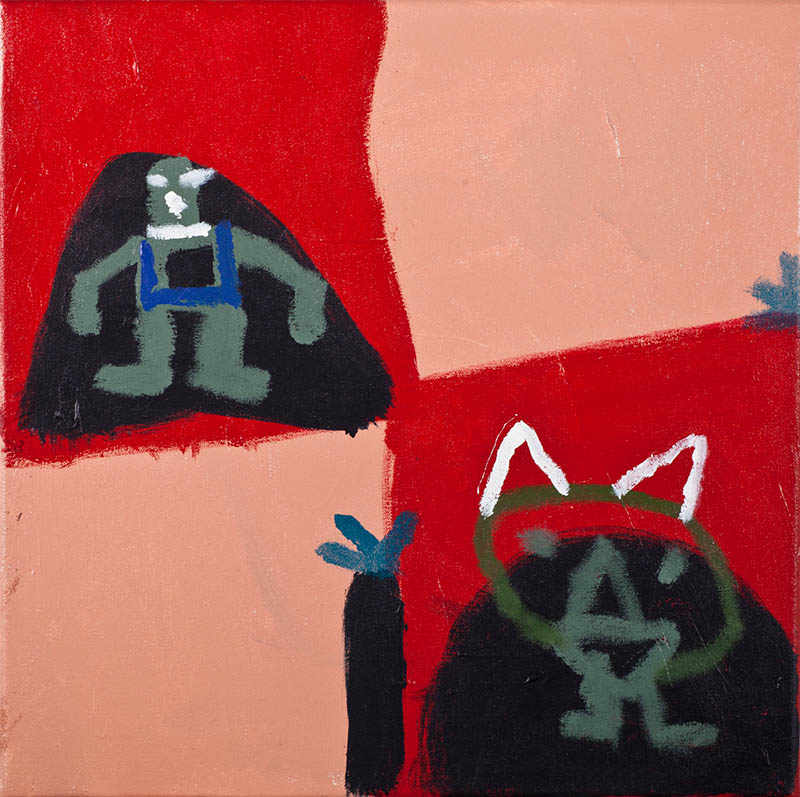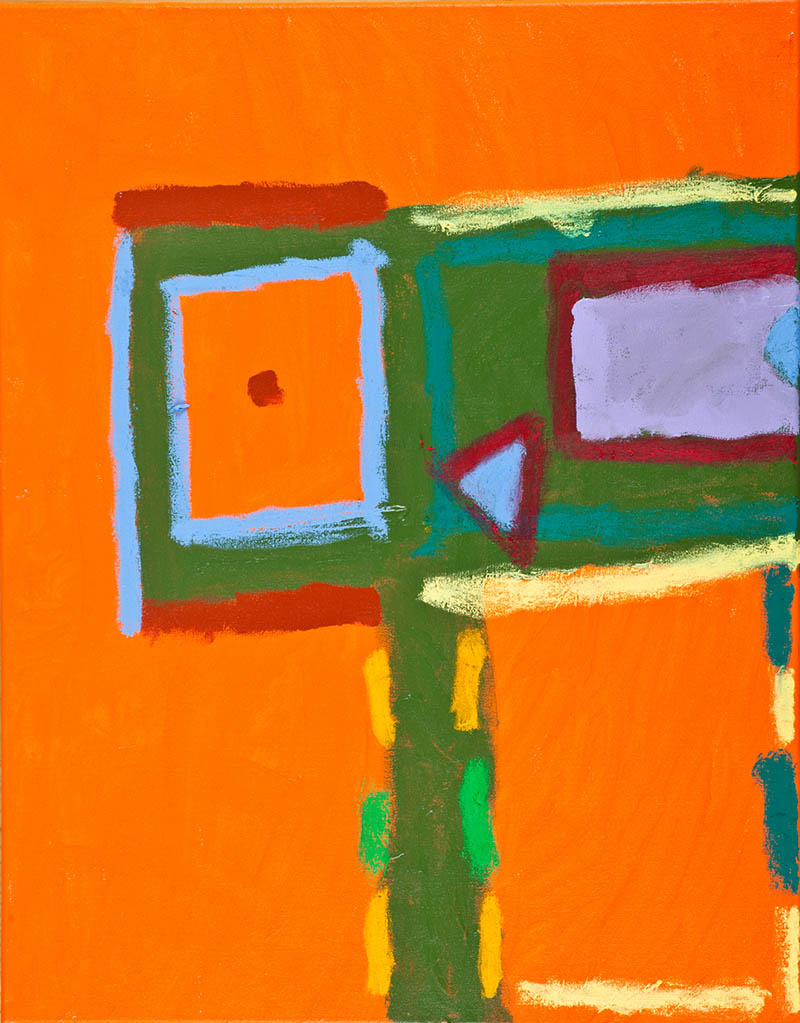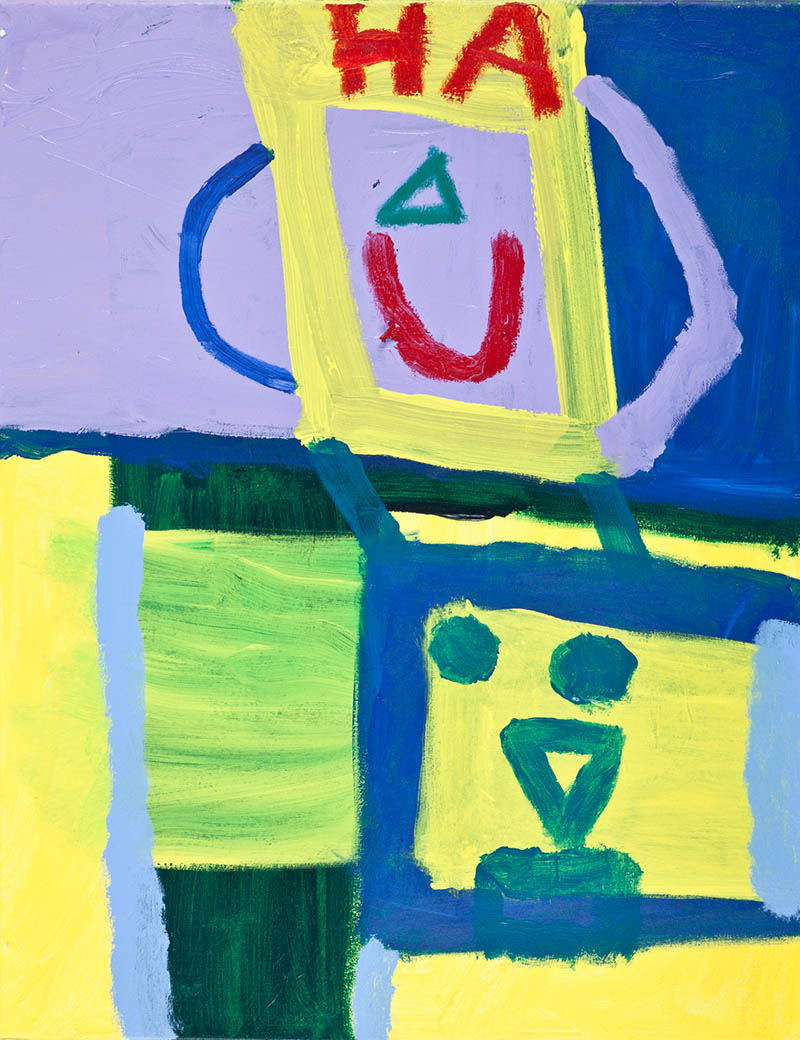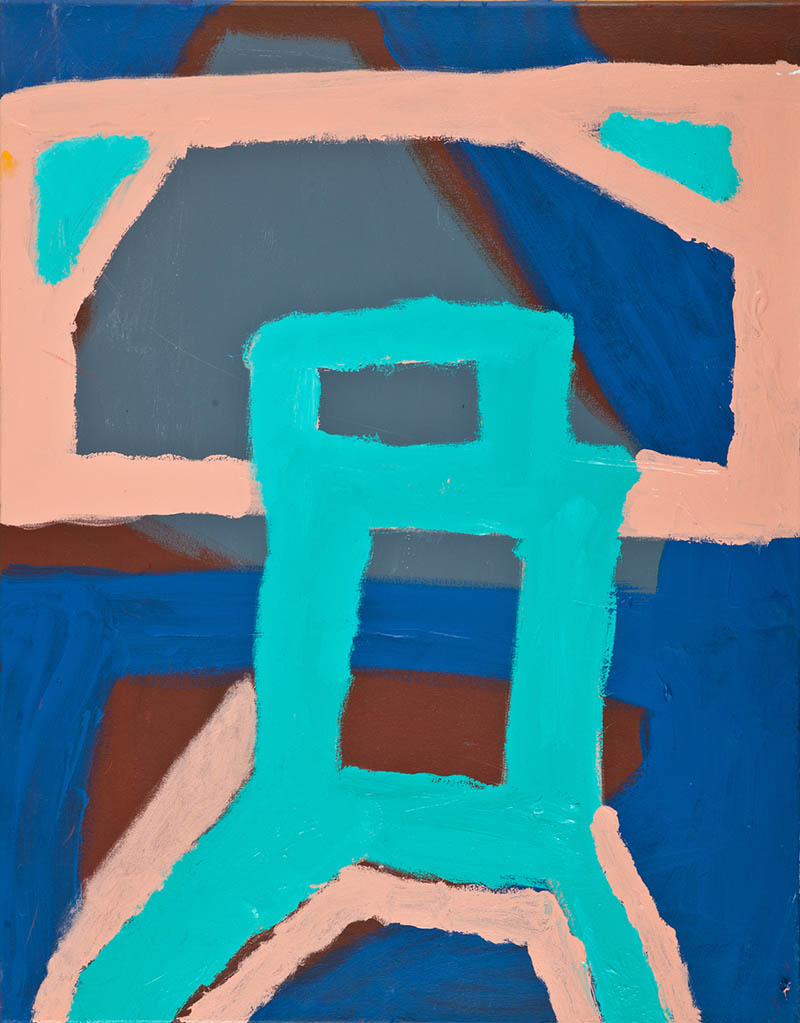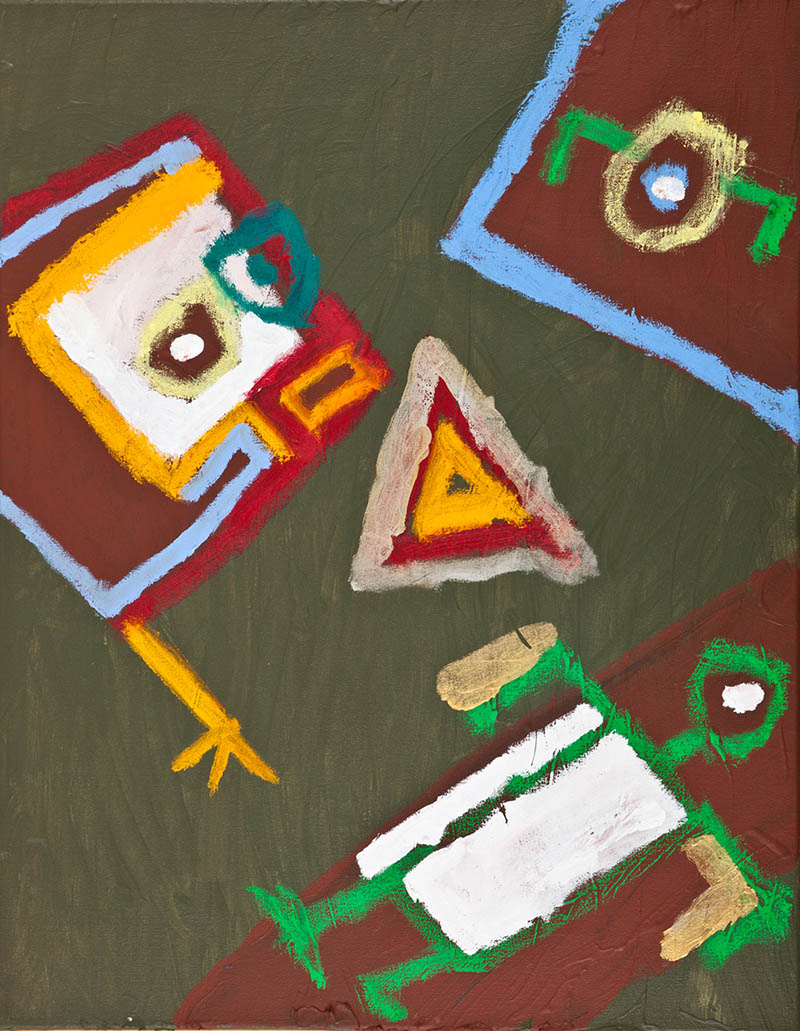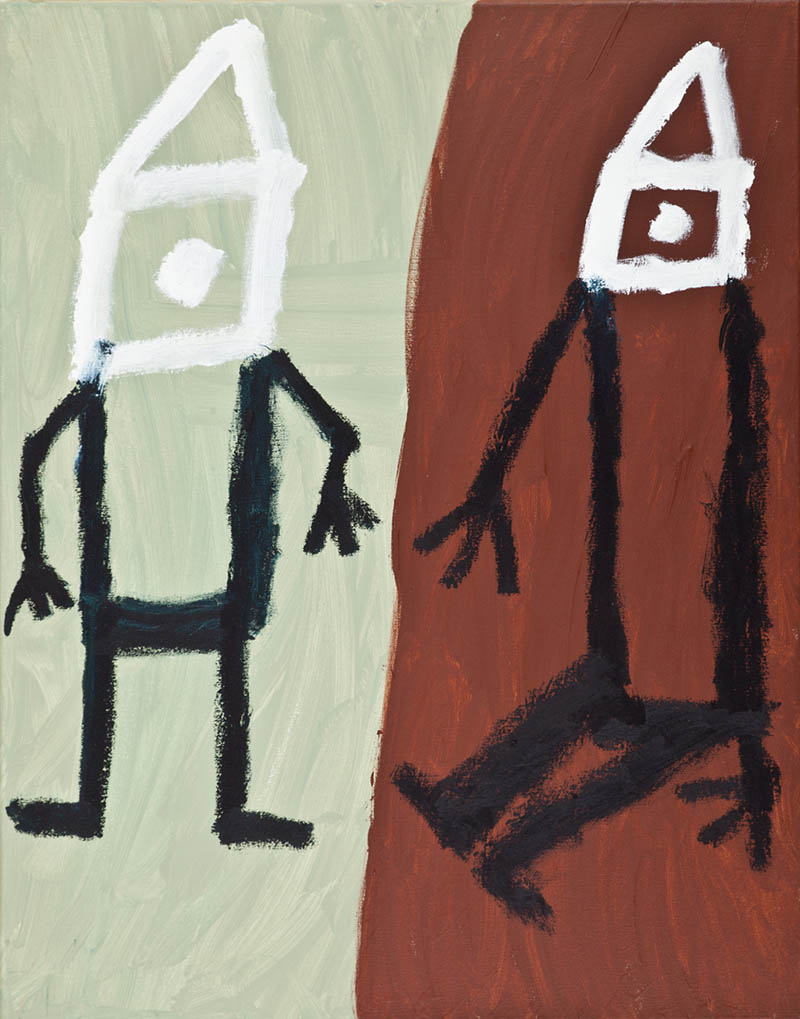Small dude 2018
acrylic on canvas
40x40cm
$1,800
acrylic on canvas
40x40cm
$1,800
1. In The Bush
Acrylic and oil stick on canvas
56 x 71cm
$1,850
Acrylic and oil stick on canvas
56 x 71cm
$1,850
2. Jam Packed
Acrylic and oil stick on canvas
56 x 71cm
$1,850
Acrylic and oil stick on canvas
56 x 71cm
$1,850
3. Chair
Acrylic and oil stick on canvas
56 x 71cm
$1,850
Acrylic and oil stick on canvas
56 x 71cm
$1,850
4. Bouncing Off
Acrylic and oil stick on canvas
56 x 71cm
$1,850
Acrylic and oil stick on canvas
56 x 71cm
$1,850
5. Reflective At Night
Acrylic and oil stick on canvas
56 x 71cm
$1,850
Acrylic and oil stick on canvas
56 x 71cm
$1,850
SOLD
6. Night Life
Acrylic and oil stick on canvas
56 x 71cm
$1,850
Acrylic and oil stick on canvas
56 x 71cm
$1,850
7. Salamanca Building
Acrylic and oil stick on canvas
56 x 71cm
$1,850
Acrylic and oil stick on canvas
56 x 71cm
$1,850
8. Young Alan Building Dudes Salamanca
Acrylic and oil stick on canvas
56 x 71cm
$1,850
Acrylic and oil stick on canvas
56 x 71cm
$1,850
9. House Dude
Acrylic and oil stick on canvas
56 x 71cm
$1,850
Acrylic and oil stick on canvas
56 x 71cm
$1,850
SOLD
10. Mr Car
Acrylic and oil stick on canvas
56 x 71cm
$1,850
Acrylic and oil stick on canvas
56 x 71cm
$1,850
SOLD
11. Mr Ha Ha
Acrylic and oil stick on canvas
56 x 71cm
$1,850
Acrylic and oil stick on canvas
56 x 71cm
$1,850
12. Mr Sad
Acrylic and oil stick on canvas
56 x 71cm
$1,850
Acrylic and oil stick on canvas
56 x 71cm
$1,850
SOLD
13. Mr Spaced Out
Acrylic and oil stick on canvas
56 x 71cm
$1,850
Acrylic and oil stick on canvas
56 x 71cm
$1,850
14. Taking A Mark
Acrylic and oil stick on canvas
56 x 71cm
$1,850
Acrylic and oil stick on canvas
56 x 71cm
$1,850
15. Three
Acrylic and oil stick on canvas
56 x 71cm
$1,850
Acrylic and oil stick on canvas
56 x 71cm
$1,850
16. Twin House
Acrylic and oil stick on canvas
56 x 71cm
$1,850
Acrylic and oil stick on canvas
56 x 71cm
$1,850
| "A view in Alan Young's work emerges in a way that no one else brings to the game." - Ray Hughes. A well-known party game requires each player to guess the name written on a piece of paper behind his or head. By asking questions like "am I a singer?", "is my boyfriend a soccer player?", and so on, I try to deduce the identity that I am, that I've been given, for the purposes of the game. We encounter something quite similar in Alan Young's recent paintings. To begin with, of course, it's important for the game that the names must be the names of famous celebrities, or at least of figures known to everyone taking part. The players take on the identities of people who exist in the public eye. Isn't there something of the same effect of exposure in the figures that Young paints? Composed entirely of abstract shapes, they have a schematic, x-rayed quality, as if we could tell everything there is to know about them just by looking. On the other hand, if it really is true that we see straight away what they are, if we somehow "read" them at least as easily as we read the titles of the pictures in which they appear, then they themselves are nonetheless caught in a literal struggle for self-definition. What actually is there to distinguish them from the surrounding space? The lines Young paints are not exactly contours, but rather dashed or inflated strokes of colour. His forms don't delimit coloured areas, but are themselves subject to coloristic tensions. Where an intense red meets a bright green, we get a purely differential horizon: not a boundary that encloses space, but an almost hallucinatory vibration. This might explain why many of his figures seem to look out at us with such consternation. Unable to fix their place in relation to others, their mask-like faces solicit us like a string of anxious questions: "am I a house?", "is my boyfriend a chair?". . . Does this hold for the two figures in the painting titled Couple, however? It doesn't seem farfetched to imagine that they know all too well that that's what they are - a couple. What they don't seem to know is why. Here we should probably also take into account the second rule of the guessing- game, which is quite significant in its own way. Because the players are only allowed to ask questions that can be answered with a yes or a no, there is an effective prohibition on any question as to why I am (or am not) what the game says I am. I can't ask for what reason my identity takes the shape it does. And it's as though, under the pressure of this prohibition, such questions are driven underground, where they take on fantastic subterranean forms. In Night Life, one figure looks straight ahead, at us, while his counterpart stares directly into him, with a series of dashed lines between them indexing something apparently more intense than any ordinary communication. Young's paintings often present us with two figures, and it's tempting to suppose that, ultimately, every one of his subjects is potentially haunted by its doppelgänger. In reality, the point for the people watching the game is not so much the accuracy or otherwise of the players' deductions. The point, what makes the game fun, is the strange images their questions evoke for us of the people they think they might be. Nor is Young so much concerned with putting a single message across in his paintings. The face in Mr. Bird is abstracted to a degree that casts doubt on any one-to-one correspondence between the title and the subject. Is it literally a bird? Is Mr. Bird a person? Or should we be looking for something else in the picture, something that would not be exhausted by either of those possibilities? What about the painting, Cemetery? Does its title simply establish a location? Or is it in some way metaphorical, conveying something more fundamental about the figure depicted? The titles effectively redouble the pictures, making us look at them again, as if in the hope that a second look could explain the mismatch between what we see and what we read. For this reason Night Life, with its mysterious exchange between two figures, might be taken as a kind of allegory. Conjured by the very inconsistency of the subject's attempts at self-definition, the double is the figure who knows me better than I know myself, seeing not only what I am, but also why what I am escapes me. Maybe, along these lines, the true subject of Mr. Ha Ha is not the laughing figure with "HA" written on his face, but actually the small worried-looking figure at his feet: the laughing figure isn't named by the painting's title, but embodies it directly. And what does this laughter of his imply, if not a rather unpleasant complicity with us, the viewers? Although the humour in Young's paintings is unmissable, they don't necessarily make us laugh - unlike the celebrity guessing-game, which generally brings about all kinds of of hilarity. Is there an element of cruelty in laughter? Why is it that the game's viewers are so often tempted to supplement their simple yes-no answers with cryptic and even somewhat snide comments ("it depends on what you mean by 'a singer', ha ha ha. . .")? If it's never entirely clear whether the joke is on the actual person of the players, or on the celebrities whose place they occupy, this is because it's the absurdity of the very discord between the two that strikes us as funny. Yet, by including the laughter itself in the painting, Mr. Ha Ha pushes this logic to an unsettling consequence. Far from making jokes, a truly sadistic viewer would have insisted fixedly on the rules of the game, coldly replying yes or no and simply observing the players' helplessness as, with their confused questions, they effectively mock themselves. There is no need to laugh, from this perverse viewpoint. The figures' doubles laugh at them for us. But what about those pictures that don't show us any doubles? Young's single-figure paintings bring out an important last paradox in his work. We might wish to see Mr. Car for example as a sort of street-map, offering an abstract overhead view of the kind usually given on a GPS display. But the impassive sense of distance this affords us is collapsed the moment we see that, simultaneously, we are looking at the features of a face. From an objective, bird's-eye shot, we dissolve to an aggressive close- up: wild-eyed, mouth open and distorted as if yelling, Mr. Car bears down on us, threatening to fill the entire space. With other paintings, such as In the Bush and House Dude, the effect is the opposite: the figure draws back, as if aghast, or throws up its hands in defence. In both cases, the very impression of overproximity is a clue to the function of doubling. If Mr. Car clearly depicts only one figure, it must be for the precise reason that we, the viewers, confront that figure from the perspective of his double. We look back at the House Dude through the eyes of the sublime figuration that he "is". Is it necessary to add that the view we thereby assume, the view that thus emerges, suggests the exact opposite of the guessing- game's usual set-up? It's no longer the figure in front of us, but we ourselves who suddenly occupy another person's place - which means, finally, that it is we who are now led to ask some perplexing questions: "How can I be sure, when I look at a painting, that the view I bring to it really is my own?", "And yet what if, at the same time, it belongs to no one else?". "Am I a double?" Contemporary art is so often put in the position of a thing supposed to ask us questions - questions to which we are typically content to respond with a simple yes or no. Perhaps we'd be better off asking first of all what it is that we want from art, and what is the nature of the game we're playing. This is what accounts for the basically ethical character of Young's paintings: he doesn't prohibit that question. Chris Arneaud-Clarke |


